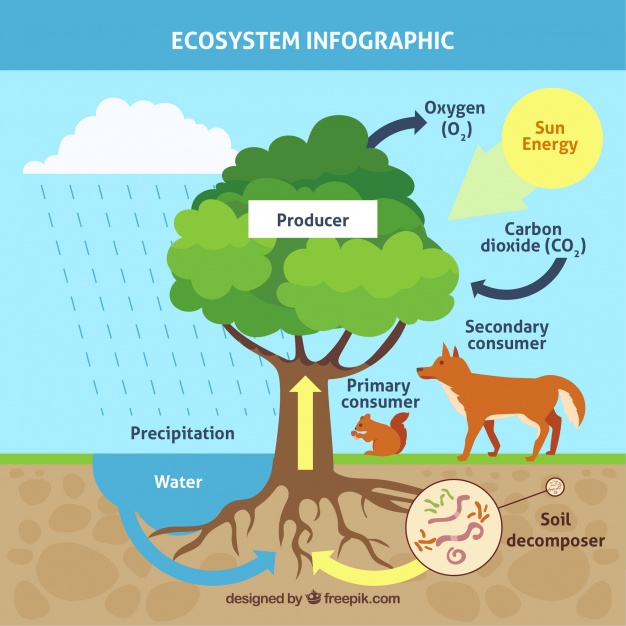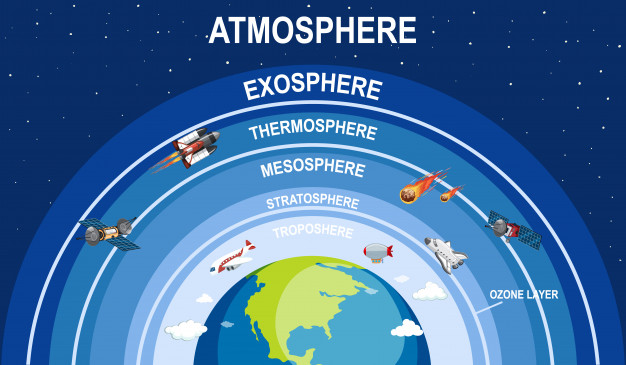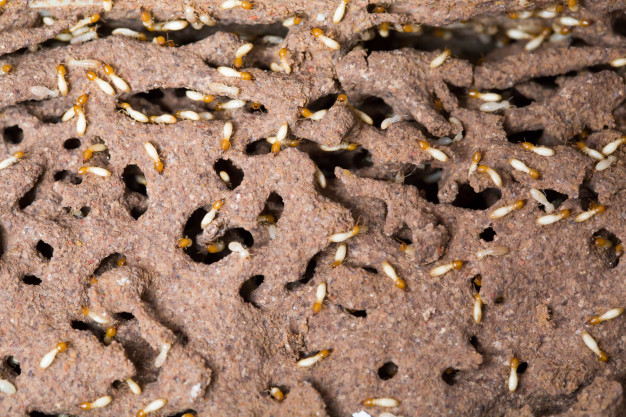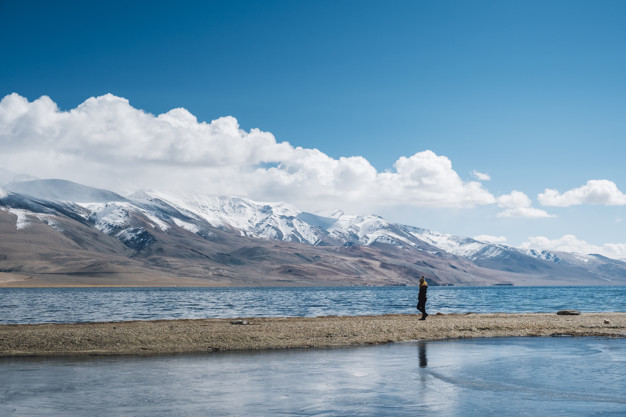Biotic resources are all the living things around us for example plants, fungi, decomposers, parasites, symbiotic organisms, Animals, humans, etc. Abiotic resources are all the non-living components of the environment, for example, light, Fire, Soil, Gravity, gravity, radiation, energy, topography, ...
Earth atmosphere is divided into many distinct layers. We live in troposphere, this is the thickest side of atmosphere. Above it we have stratosphere then mesosphere, thermosphere and the end exosphere. The exosphere is the most outermost layer of earth’s ...
Termites are great architects. A termite mounds a great example of insect architecture. Termites mounds can be of 6 feet in height and is strong and long lasting. They eat fungus that grows on mounds. Their mounds are extremely stable. These ...
The mighty Himalayas extend for around 2900 KM, from Nanga Parwat to Namcha Barwa. The collision between Indian and Eurasian plates led the formation of Himalayas. The formation of these mountains started 40 to 50 million years ago. Here in ...




